Welcome to an installment of the Dorsal View that is more visual than usual, as we examine some of the work of photographer Rose-Lynn Fisher, who took a very, very close look at the composition of dried human tears, with some intriguing results.
Her ‘Topography of Tears’ project involved using electron-scanning microscopes to examine dried tears from humans and revealed some fascinating differences. She previously gained some fame via her work on the super-magnified structure of honeybees that provided previously-unseen insights of these important little creatures.
Fisher took it to the next level with ‘Topography of Tears’, which raises a few interesting physiological questions.
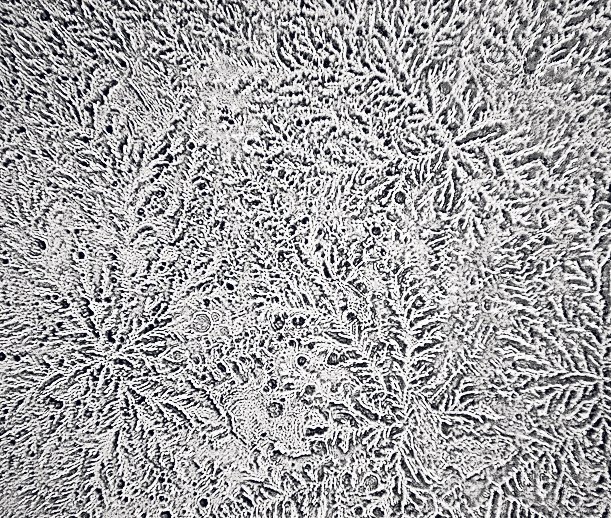
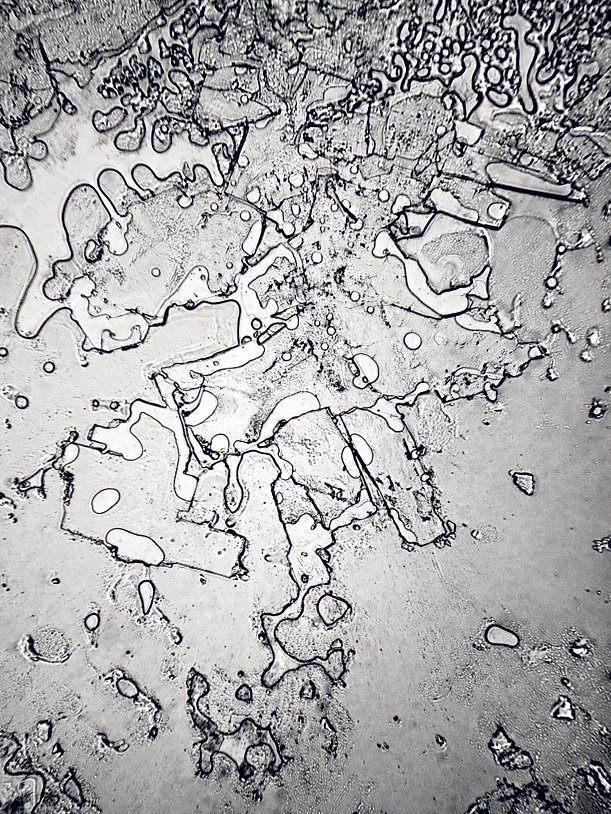
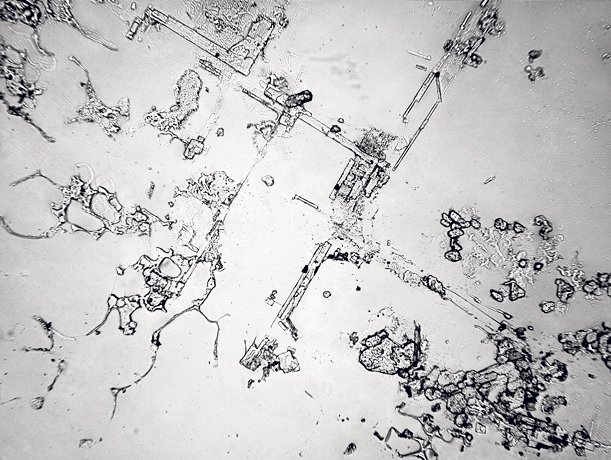
The project should have received unrestricted funding from Kleenex, as Fisher collected more than 100 tears from herself and volunteers, as well as a newborn baby.
Tears themselves are generally divided into three basic types: Reflex; basal; and ‘psychic’. Reflex tears are produced as a result of eye exposure to a variety of substances such as tear gas, dust, or onions (see image top right). Basal tears are secreted continuously in minuscule quantities to keep the cornea lubricated, while psychic tears are produced as a result of joy, grief and other emotional reactions (see images right).
Tears are basically composed of a cocktail of enzymes, antibodies and oils, with the salty water as a conduit. However, Fisher’s work highlighted that different types of tears contain their own distinct molecules and she noted that regardless of scale, the patterns are extremely similar.
Fisher approaches the subject from an artistic rather than a clinical point of view. As she is quoted as saying in the Smithsonian Magazine: “Tears are the medium of our most primal language in moments as unrelenting as death, as basic as hunger and as complex as a rite of passage.
“It’s as though each one of our tears carries a microcosm of the collective human experience, like one drop of an ocean.”
Interestingly, tears produced by an emotional state contain leucine enkephalin, a neurotransmitter and natural analgesic that is produced under stressful conditions.
Essentially, the samples studied under the electron microscopes are basically crystallised salt, so Fisher had to exercise care in how the tear samples were dried once they were collected. “There are so many variables — there’s the chemistry, the viscosity, the setting, the evaporation rate and the settings of the microscope,” she said.
Check out her full collection if you want to compile a most unusual collection of photographic art; no doubt there are also ways to study this often-overlooked by-product of the human condition.
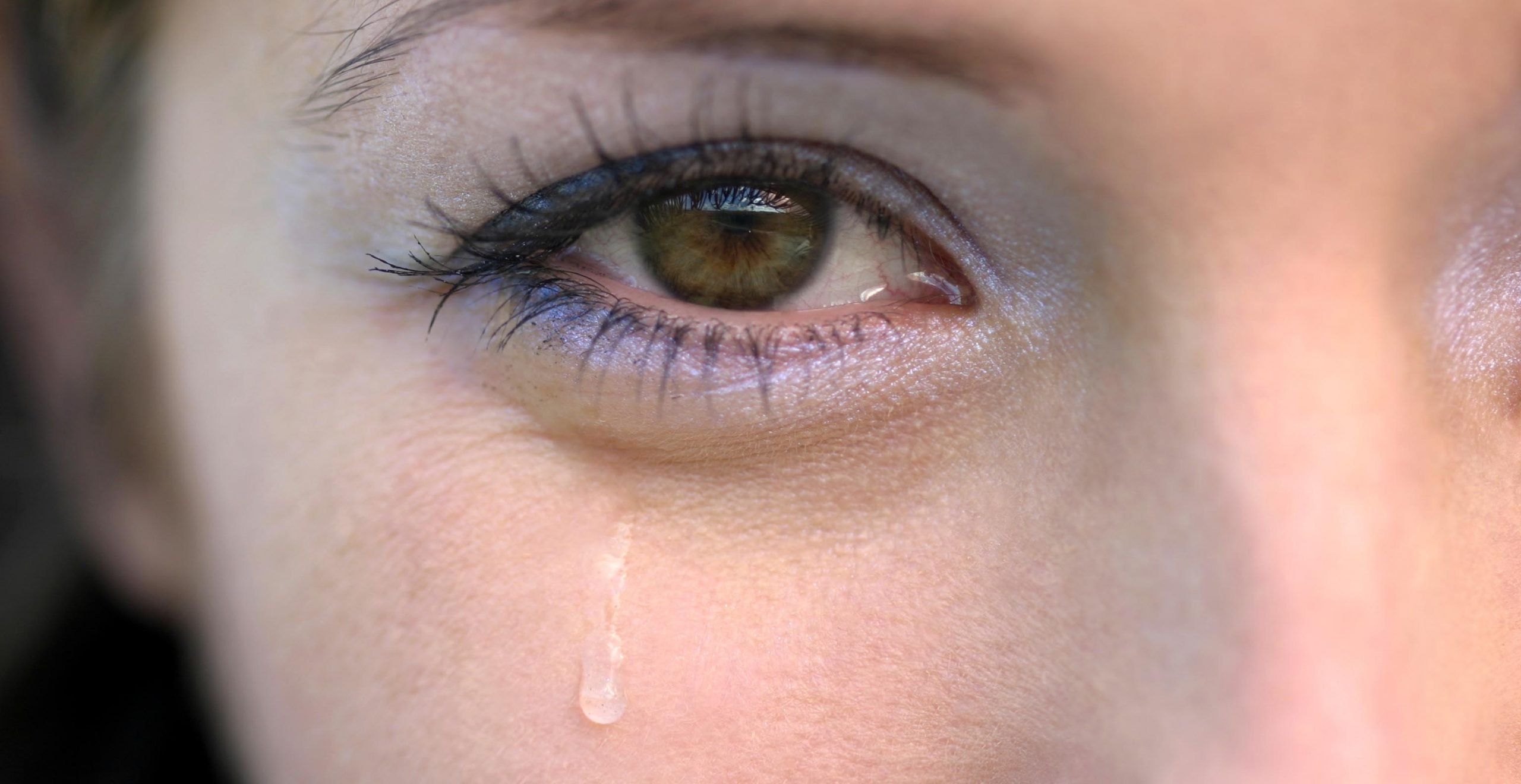



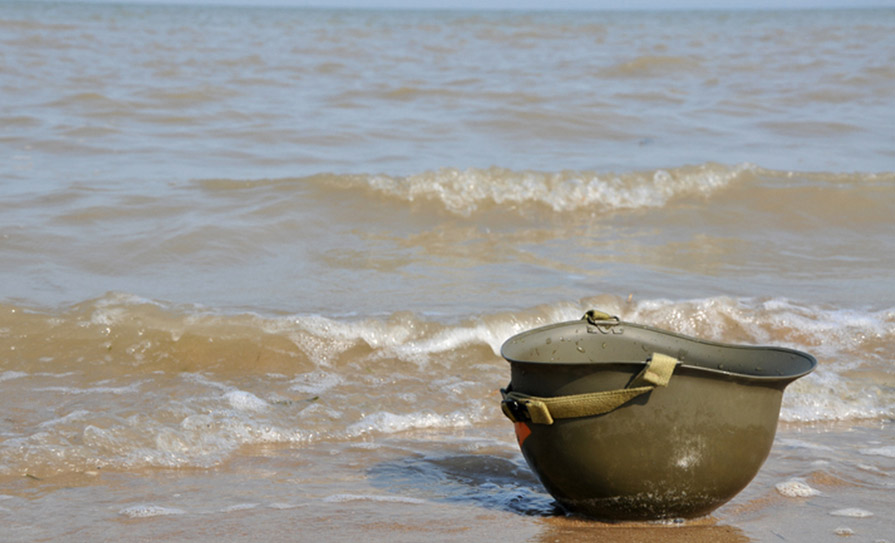


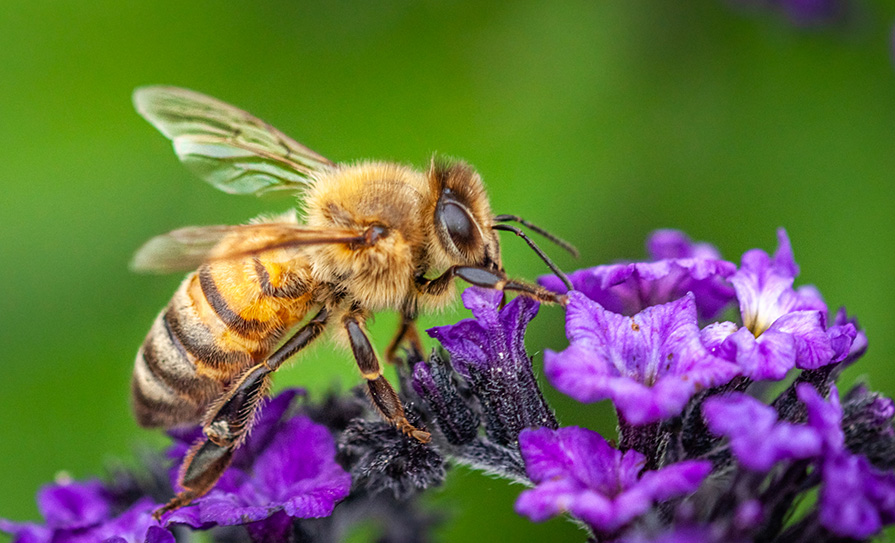





Leave a Reply
You must be logged in to post a comment.